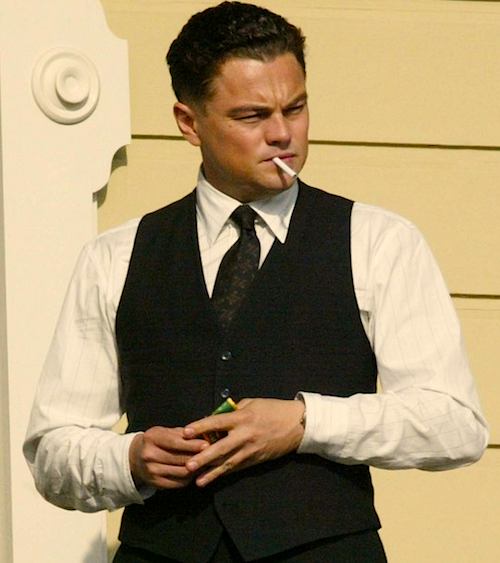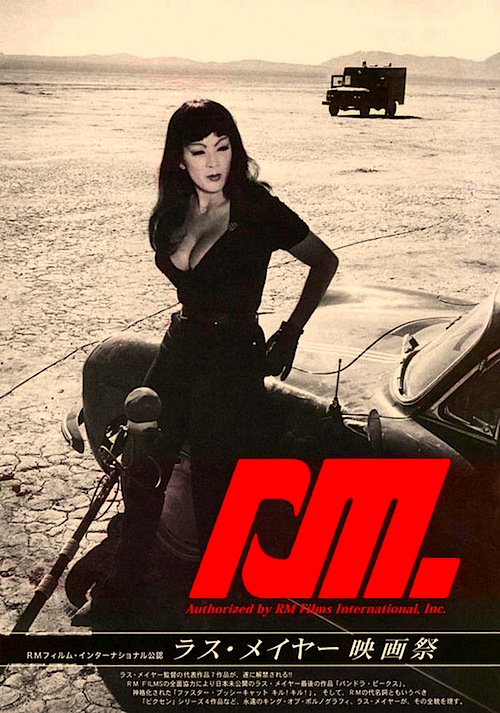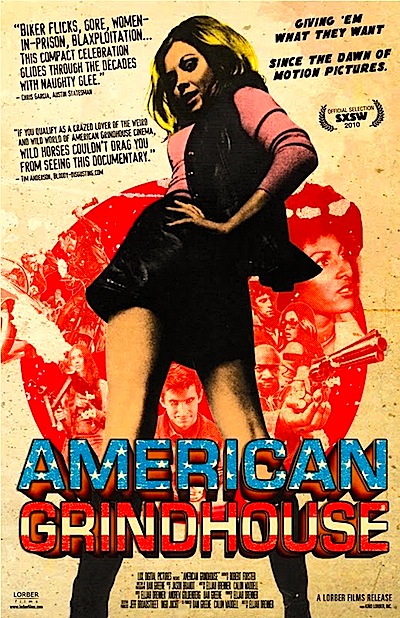
By Jason Apuzzo. • Photos leaked this week of Leonardo DiCaprio playing Hoover (see here and here). In all the chatter I’m seeing about this film, I still haven’t heard a peep about how this film intends to depict Hoover’s confrontation with actual – i.e., non-imaginary – Soviet infiltration of the American government from the 1930s-1950s. This is an enormous issue that has rarely been covered adequately in film, beyond the usual treatment as being a phenomenon of ‘paranoia.’ I’m hoping that Clint breaks from that clichéd and misleading template – although, for a multitude of reasons, I’m doubting he will.
You know who would’ve made a great film out of this subject matter? Kazan. (I’m actually reading his autobiography right now.) There are no Kazans today, however, because they’ve been weeded out of the system by the same people so enamored with Eastwood right now.
• Die Hard 5 suddenly has a director, and the latest rumors on that film involve Bruce Willis/John McClane fighting a relative of his old nemesis, German ‘Red Army Faction’-style terrorist Hans Gruber, wonderfully played by Alan Rickman in the original film. (Jeremy Irons played a relative of Rickman’s in Die Hard 3; I actually thought Irons was even better than Rickman.) What do people still think of this franchise? Personally, I’m long past caring about Willis or what he does; I didn’t even bother to watch Die Hard 4 – a film which, I might add, dropped its American title of Live Free or Die Hard in certain foreign territories in order not to ‘offend’ certain sensibilities. Opinions on the film and on Willis are welcome.
• Sony will apparently be releasing James Bond 23. Also: no word yet on whether or how this may also affect MGM’s Red Dawn.
• According to The Hollywood Reporter, the Russians are building a huge new studio complex, ‘Lenfilm XXI,’ which apparently could become Europe’s largest film studio. Question: isn’t it ironic that the Russians are actually building studios, while we’re shipping our film production overseas?
• The big news this week was the release of the new X-Men: First Class trailer, in which the young X-Men and X-Babes appear to play a role in … resolving the Cuban Missile Crisis. Not exactly what I was expecting, but I’m rolling with it. Check out the trailer above, and see how the Cold War continues to be fought and re-fought on our screens these days. (Also: Bryan Singer talks about the new film here.) By the way, where are all the juicy production stills we’re expecting of January Jones and Jennifer Lawrence? (January Jones talks more about her sexed-up costumes here.) The latest production photo they released was of the back of Magneto’s head. Weird marketing, guys.
• Speaking of publicity stills, the first such still of Meryl Streep as Margaret Thatcher has just been released. I’m not sure what the point of that was – to prove that Streep can transform herself? I think we all know that by now. The photo doesn’t make me feel any better about the ugly rumors over this film being a hit job – or about the Thatcher family’s ardent opposition to the film. Here’s what Streep herself is saying about playing the role:
“The prospect of exploring the swathe cut through history by this remarkable woman is a daunting and exciting challenge. I am trying to approach the role with as much zeal, fervour and attention to detail as the real Lady Thatcher possesses—I can only hope my stamina will begin to approach her own!”
Sounds wonderful. Why am I not believing a word of it?
• The Atlas Shrugged trailer arrived this week, and to some extent it raised more questions than it answered. Certainly the main question it raised was: who is John Galt? OK, bad joke, I haven’t my coffee yet. But seriously, reader Vince noticed that Dagny Taggart is driving a Toyota in the trailer – quite the irony given Toyota’s recent acquittal in court over their supposedly bad brakes. My question is: wouldn’t Dagny be driving something like a Jaguar? Or a Mercedes? She strikes me as being an expensive kind of gal.
• A word of note: Mao’s Last Dancer will be arriving on DVD/Blu-ray on March 29th (we loved the film, see our review here), and Farewell – a great Cold War thriller, featuring Fred Ward as Ronald Reagan (see our review here) – will be arriving on DVD/Blu-ray April 12th.
• AND IN TODAY’S MOST IMPORTANT COLD WAR NEWS … Russian former Bond babe Olga Kurylenko’s The Assassin Next Door hits DVD this week, and her new film There Will Dragons just got picked up for distribution for Samuel Goldwyn Films. Olga’s proving that old homespun adage about what Russian immigrants should do to make it in America: play Bond girls and assassins.
And that’s what’s happening today in The Cold War!

Posted on February 12th, 2011 at 12:37pm.




